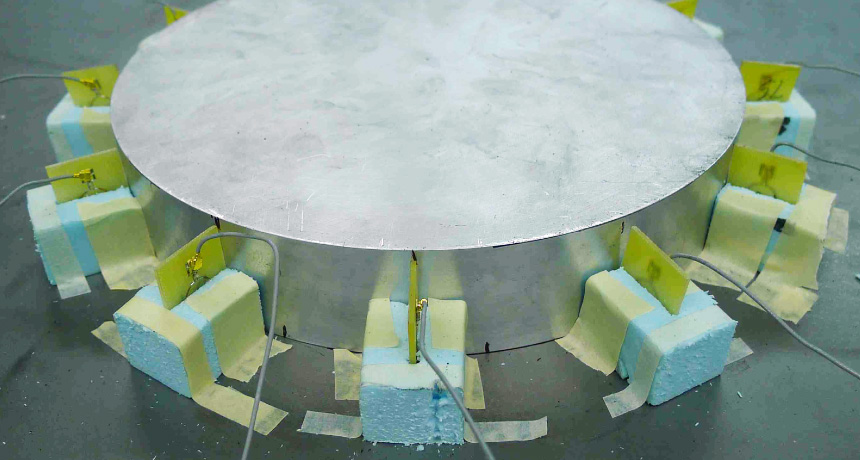Invisibility cloaks could slim down with active approach
Light-blocking antennas could hide objects of any shape and size

LIGHT BLOCKER An invisibility cloak made of small antennas surrounds an aluminum cylinder. The thin cloak hides the cylinder from microwaves but could be adapted to block visible light.
M. Selvanayagam and G. Eleftheriades/Physical Review X